Optimal Timing for Lead Paint Inspections
Lead paint inspections are most effective when performed during periods of stable weather and interior conditions. Conducting inspections in dry, warm months allows for easier access to exterior surfaces and reduces the likelihood of weather-related delays. Inspections during these times can help identify lead hazards before renovation or occupancy changes occur.
Spring and summer are ideal for exterior lead paint inspections due to favorable weather conditions. Fall can also be suitable, provided weather permits access to all areas.
Performing inspections before renovations ensures hazards are identified and mitigated, reducing lead exposure risks during work.
Inspections after occupancy changes can detect deteriorated paint that may pose health risks, especially in older buildings.
Avoid inspections during extreme weather events like heavy rain or snow, which can hinder access and affect results.
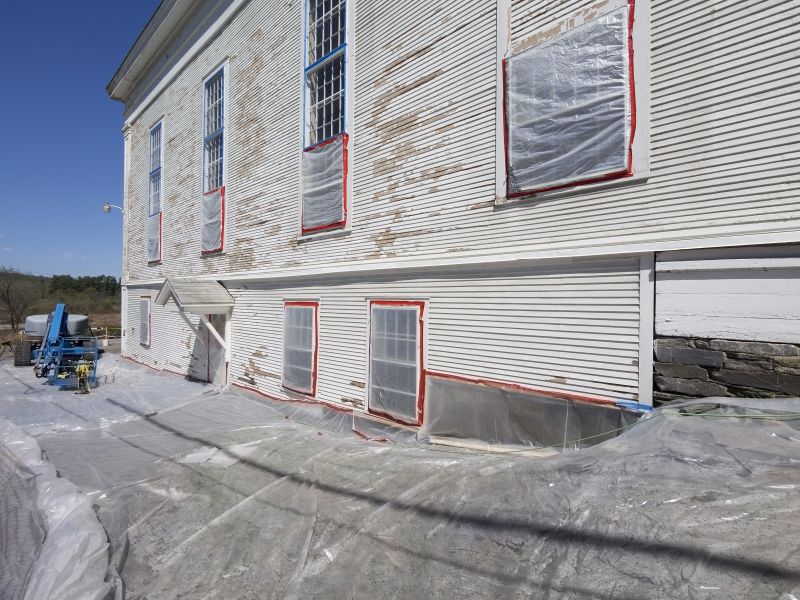
Ways to make Lead Paint Inspections work in tight or awkward layouts.

Popular materials for Lead Paint Inspections and why they hold up over time.

Simple add-ons that improve Lead Paint Inspections without blowing the budget.

High-end options that actually feel worth it for Lead Paint Inspections.
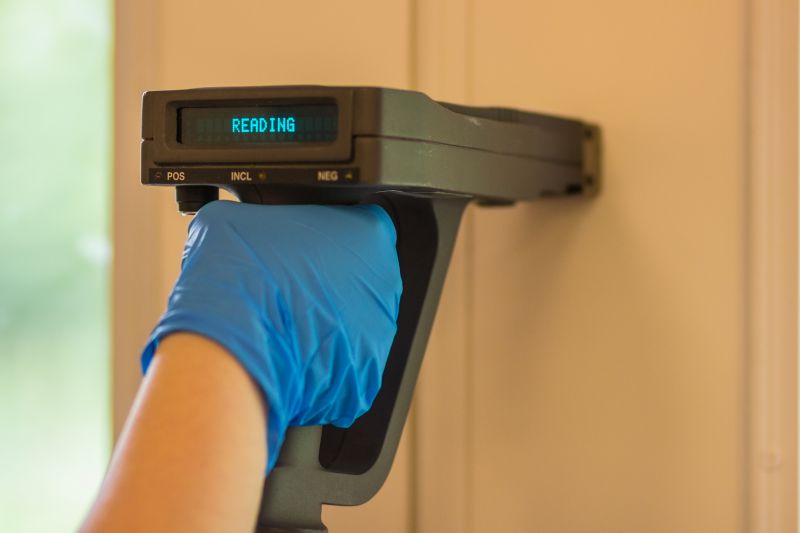
Finishes and colors that play nicely with Lead Paint Inspections.
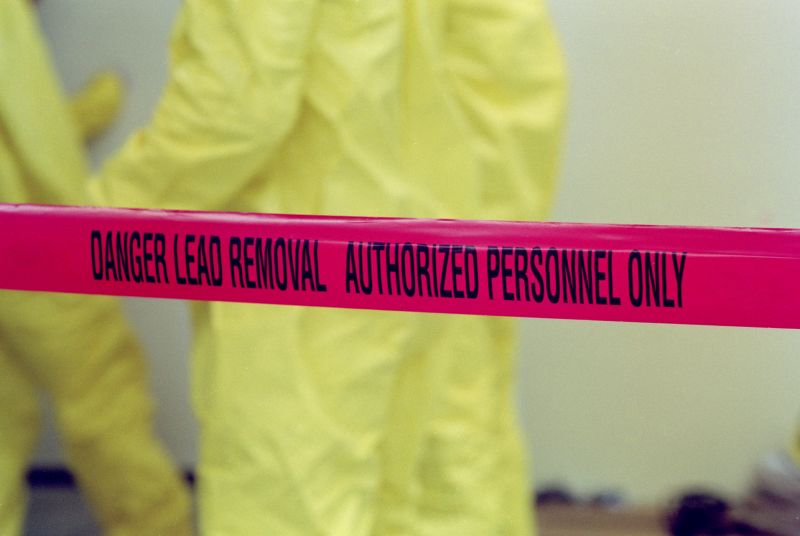
Little measurements that prevent headaches on Lead Paint Inspections day.
| Scenario | Recommended Timing |
|---|---|
| Exterior assessment | Spring or early summer |
| Interior assessment | Late spring to summer |
| Pre-renovation evaluation | Before renovation activities |
| Post-occupancy check | After occupancy changes |
| Weather considerations | Avoid during heavy rain or snow |
Lead paint inspections are critical in identifying hazardous conditions in older buildings. Lead-based paint was commonly used in residential and commercial structures until it was phased out due to health risks. Exposure to lead dust or chips can cause serious health problems, especially in children and pregnant women. Regular inspections help ensure that deteriorating paint is detected early, reducing potential exposure and facilitating necessary remediation.
Statistics indicate that lead poisoning affects thousands annually, with many cases linked to deteriorating lead-based paint in homes. Inspections, particularly before renovation or occupancy, are vital for protecting health and complying with safety standards. Conducting inspections during optimal times of the year enhances accuracy and accessibility, ensuring comprehensive hazard assessment.
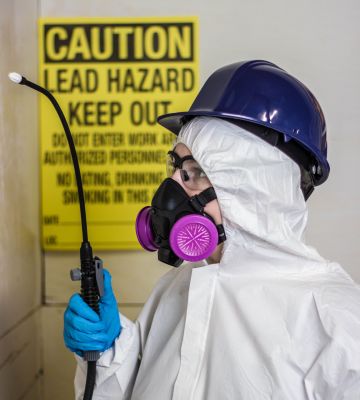
A 60-second routine that keeps Lead Paint Inspections looking new.

A frequent mistake in Lead Paint Inspections and how to dodge it.
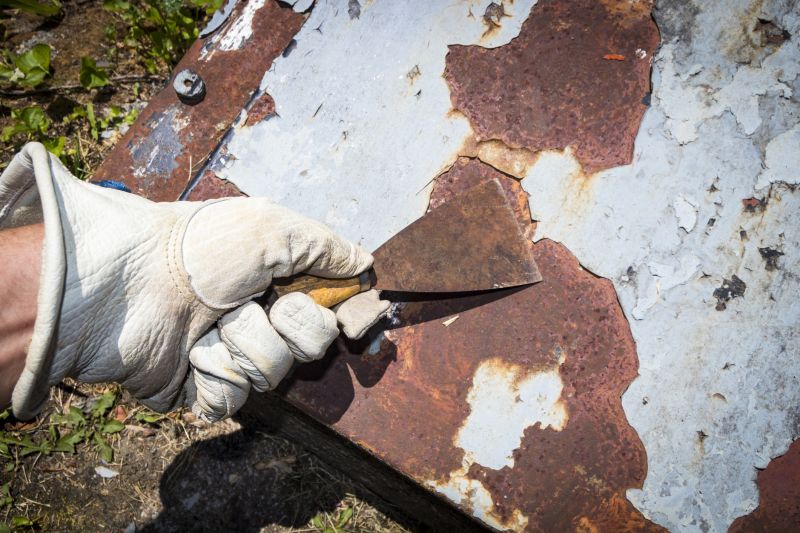
Small tweaks to make Lead Paint Inspections safer and easier to use.
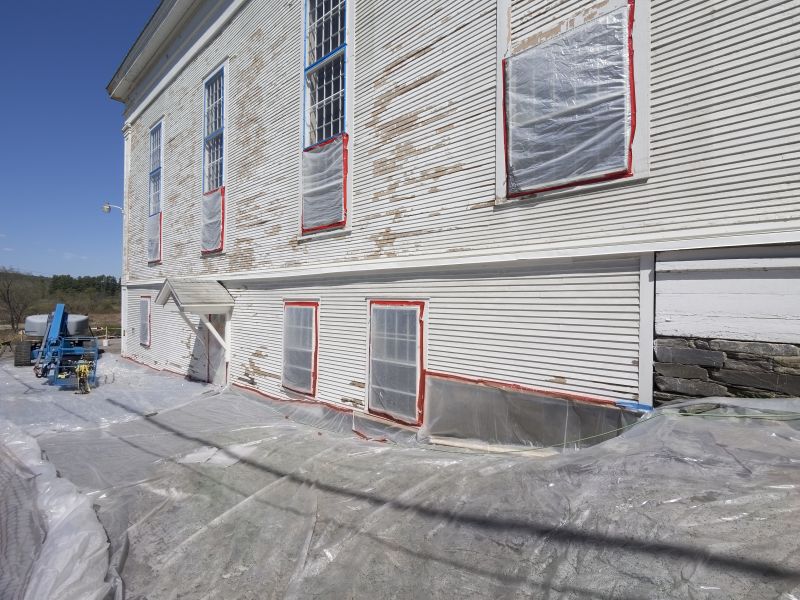
Lower-waste or water-saving choices for Lead Paint Inspections.

The short, realistic tool list for quality Lead Paint Inspections.
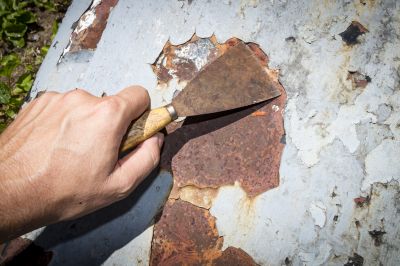
Rough timing from prep to clean-up for Lead Paint Inspections.
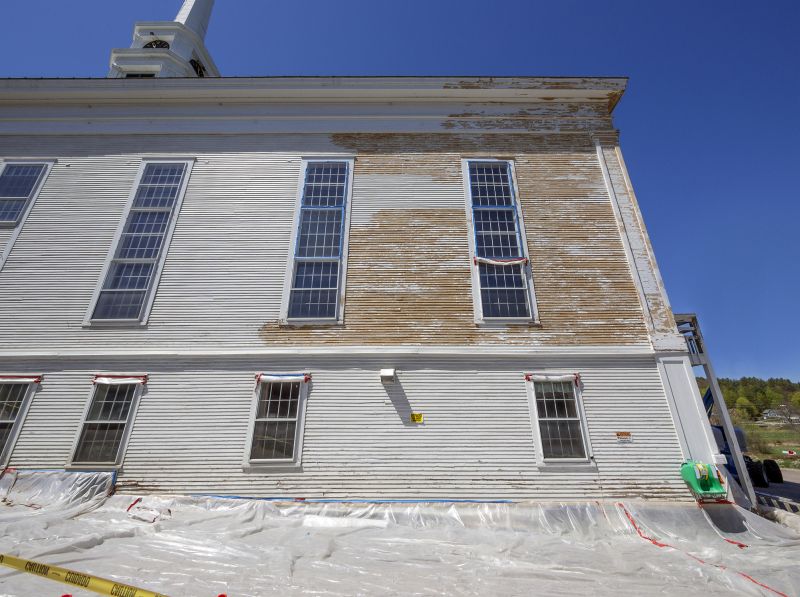
Quick checks and paperwork to keep after Lead Paint Inspections.
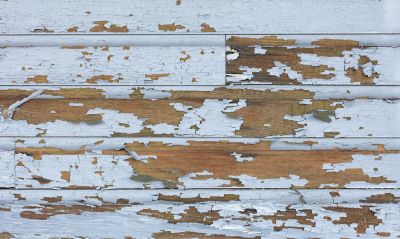
Examples that show the impact a good Lead Paint Inspections can make.
Individuals interested in scheduling lead paint inspections are encouraged to fill out the contact form. Proper timing and thorough assessments are essential for maintaining a safe environment and ensuring compliance with health standards.



